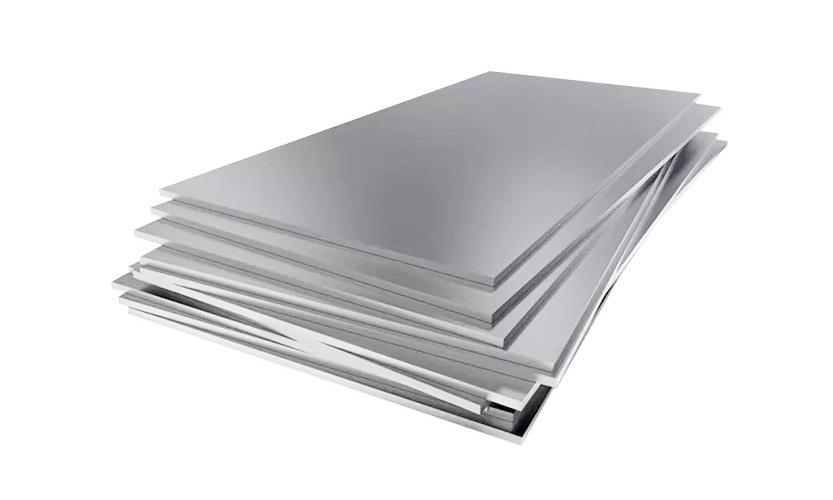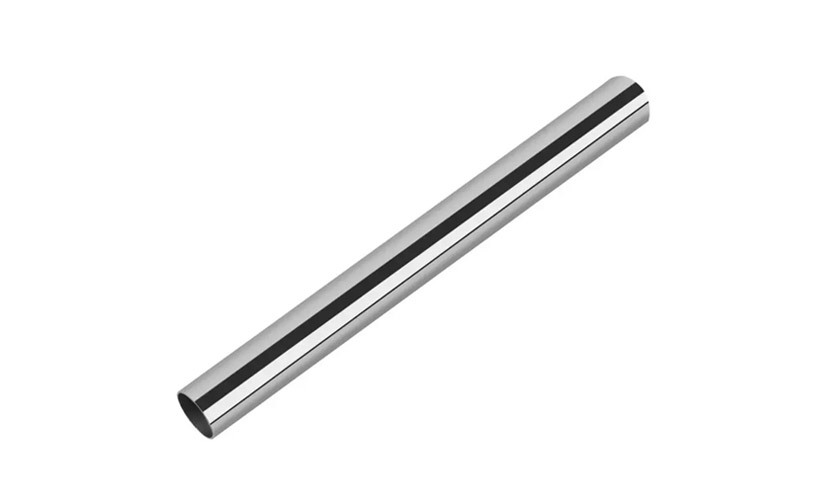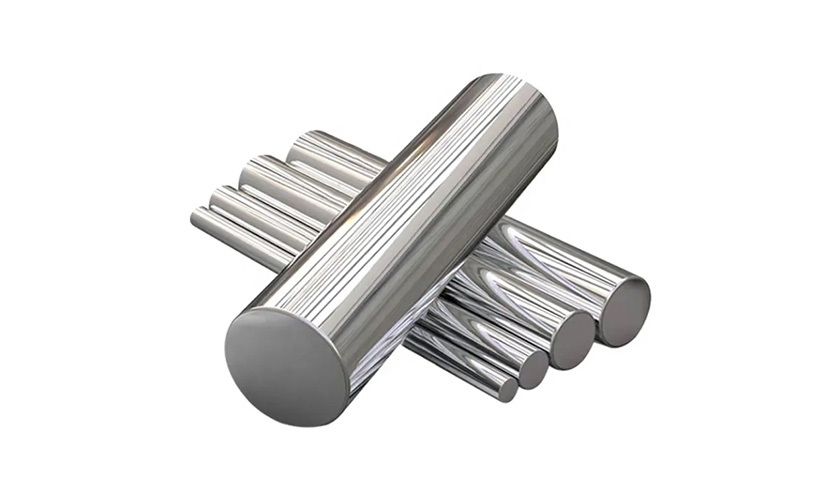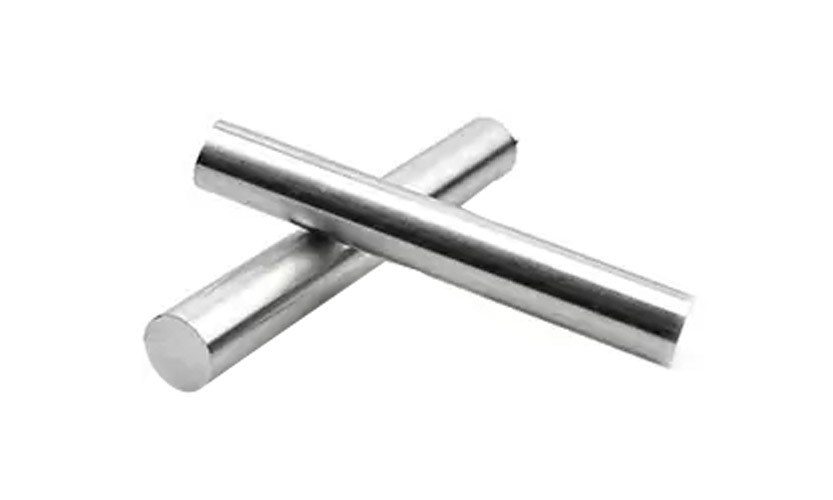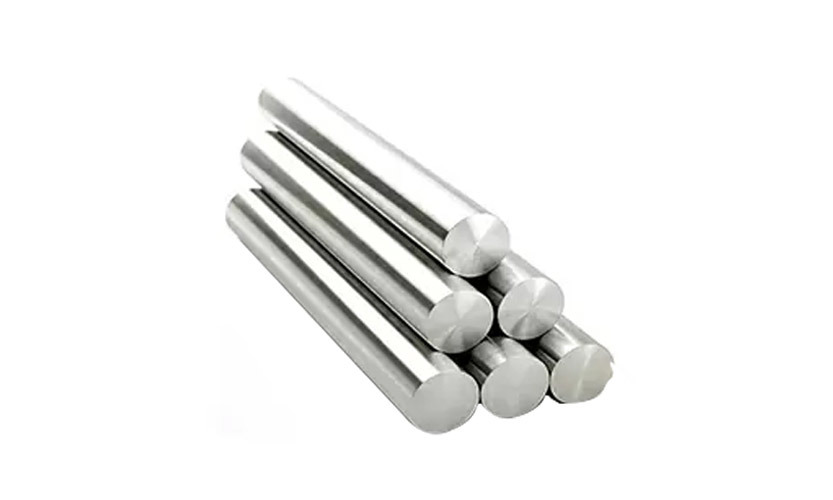
CONTACT
Grade 304 is the most commonly used stainless steel. It is an austenitic, corrosion-resistant steel with excellent strength, toughness, fabrication characteristics and weldability. The low carbon version, 304L, may be required for full corrosion resistance when thicker sections are welded.
Type 316 stainless steel is an austenitic grade with added molybdenum. The alloy offers improved corrosion resistance when compared with Type 304, particularly in chloride environments.
Type 316L stainless steel in a molybdenum bearing austenitic. It is more resistant to general corrosion and pitting than conventional nickel chromium stainless steels such as 302-304. It has the following characteristics:Higher creep resistance,Excellent formability,Rupture and tensile strength at high temperatures,Corrosion and pitting resistance.
304L stainless Steels lower carbon content helps minimize/eliminate carbide precipitation during the welding process. This allows 304L stainless steel to be used in the “as-welded” state, even in severely corrosive environments.
904L is a stainless steel alloy that displays high resistance to corrosion, particularly against acidic environments. Therefore, 904L isapproved for use in acid production and concentration, along with the transport of such substances.
With excellent weldability and formability 904L also maintain non- magnetic state in all conditions.
904L provides excellent toughness , even down to cryogenic temperatures with its austenitic structure.
201/201LN stainless steel is an austenitic steel. Its primary alloying elements are chromium, nickel, and magnesium. It shows excellent toughness at lower temperatures and is purposed across industries for use in appliances, restaurant equipment, sinks, automotive trim, and more.
202 stainless steel strip has good high temperature resistance.Applications: Architectural decoration, municipal engineering, highway guardrail, hotel facilities, shopping malls, glass handrails, public facilities and other places.Workability: Cut, Form and Machine with proper equipmen.
Grade 304 is the most commonly used stainless steel. It is an austenitic, corrosion-resistant steel with excellent strength, toughness, fabrication characteristics and weldability. The low carbon version, 304L, may be required for full corrosion resistance when thicker sections are welded.
304L stainless Steels lower carbon content helps minimize/eliminate carbide precipitation during the welding process. This allows 304L stainless steel to be used in the “as-welded” state, even in severely corrosive environments.




